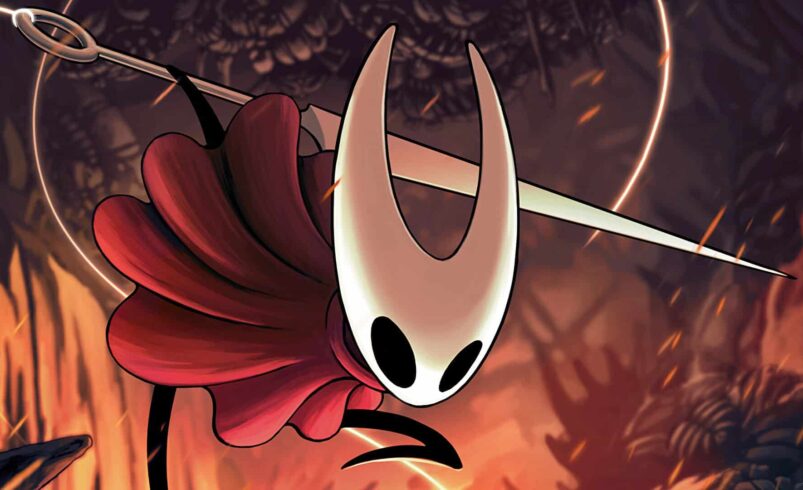Analysis of Spyro The Dragon

Spyro the Dragon – Review
I remember seeing Spyro the Dragon around 2006. I never played it; I’d just see it on display in local video game stores, priced at what might have been affordable, but still out of reach for me and my parents. I had a PS1, yes—but it wasn’t modded, so I could only play original games and relied on whatever my cousin would hand down to me.
Years passed, and eventually, we moved on to a PS2. I had every game I could have wished for. My family was doing better by then, but I still had that curiosity about playing Spyro the Dragon on that legendary PS1. That was the case until today. I had pretty much forgotten about the game—until I got a Game Pass subscription and realized the remake wasn’t just of Spyro the Dragon, but of the entire trilogy. I played it, and here’s my review. Hope you enjoy it!
Spyro, the Dragon Who Saved the Realm
The story takes place in the Dragon Kingdom, home to our hero Spyro, a young purple dragon and one of the youngest in the realm. This kingdom is divided into five distinct worlds: Artisans, Peacekeepers, Magic Crafters, Beast Makers, and Dream Weavers.
The main plot kicks off when a dragon starts badmouthing Gnasty Gnorc—a dragon who was exiled from the kingdom and sent to work in a scrapyard as punishment. As fate would have it, he’s our main antagonist. Gnasty gets so enraged that he decides to strike back at all the dragons, using his magic to turn them into crystal statues—like a Medusa moment straight out of God of War. Not only that, but he also steals the kingdom’s treasures, which we’ll have to recover to achieve the game’s 120% completion.
Spyro, our dragon hero, is the only one who escapes being crystallized. A whole world of possibilities opens up to save the realm—but action must be taken immediately. Spyro firmly sets out to chase Gnasty and defeat him in a final battle to restore peace to the Dragon Kingdom.
A Simple but Necessary Story
Don’t expect a complex narrative here. It was 1998, and the gaming world was just getting into 3D polygons, with the N64 having launched only two years earlier. These games needed short, summarized, but engaging stories—something that could fit on a single CD, hook you from the start, and wrap up with a satisfying ending.
The story here is the perfect excuse to give us one of the best platformers remembered by many OG players. Thanks to this remake, it has also found a place in the hearts of younger gamers. It needed a villain, a likable hero, and multiple worlds to explore—and that was enough to make this title shine.
In this game, we don’t get a detailed, evolving plot across the realms. In fact, most of the dragons barely give us any story—they just cheer us on to go after Gnasty. The opening cutscene is enough to give us a shared enemy, then we’re off jumping platforms and defeating foes until the final scene, where the kingdom is safe again.
If you put all the cutscenes together, they wouldn’t even add up to five minutes—but honestly, that’s fine. Even today, platformers don’t usually have deep stories; they’re often aimed at families or casual gamers who aren’t looking for a challenge in the plot.
Simple Characters
The game doesn’t give us much to dive into character-wise. It’s pretty straightforward: Spyro and Gnasty are the main stars. Secondary characters exist, but they don’t hold much narrative weight.
We have Sparks, the dragonfly who follows us everywhere; the crystallized dragons we free along the way; and the balloonist who takes us from one world to another. Other than that, the bosses are just there as stepping stones—they’re more like special encounters than actual characters with backstories.
Gameplay
We have to judge this as if it were still 1998, not 2025. Back then, jumping in fully 3D worlds that felt massive was jaw-dropping. I’m still impressed that a game with so little story has managed to remain relevant today.
Spyro the Dragon kept it simple: jump, glide, breathe fire, and charge like a goat. That’s it—and yet it was enough. Some enemies could be defeated with either fire or charge, some only with charge, and others only with fire.
The worlds were beautiful enough to overshadow the limited move set, and the gameplay never felt heavy or repetitive.
The life system was interesting for its time—you had to defeat enemies to collect orbs that filled a circle. Once full, you earned a life. Taking a hit didn’t cost you a life immediately, just some orbs. Only falling into a bottomless pit instantly took a life—and yes, that happened more often than I’d like to admit.
Difficulty
This is a great entry-level game for the series. With only jumps, charges, and fire, it’s easy to predict and master. An experienced gamer could 120% it in a day. Bosses are incredibly easy—most were beaten on the first try, and they weren’t even introduced as bosses.
The real challenge comes from controlling Spyro’s movement and avoiding falling into pits—sometimes the collision detection even pushed me off the edge with no warning.
Final Thoughts
I probably won’t 100% the other Spyro games, not because I don’t like them, but because I don’t have the spare 11–12 hours needed to collect every gem. If I had the time, though? Absolutely. There’s a joy in hunting down that last gem and freeing the final dragon.
Spyro the Dragon is a humble game that feels like it was made with 90s passion. It rewards the player with its colorful worlds, short and sweet story, and distinct enemies. Whether or not you fully complete it, the satisfaction is the same—it’s simply a pleasure to play.
If someone asked me for a top-tier platformer recommendation from start to finish, Spyro would always be on my list.

